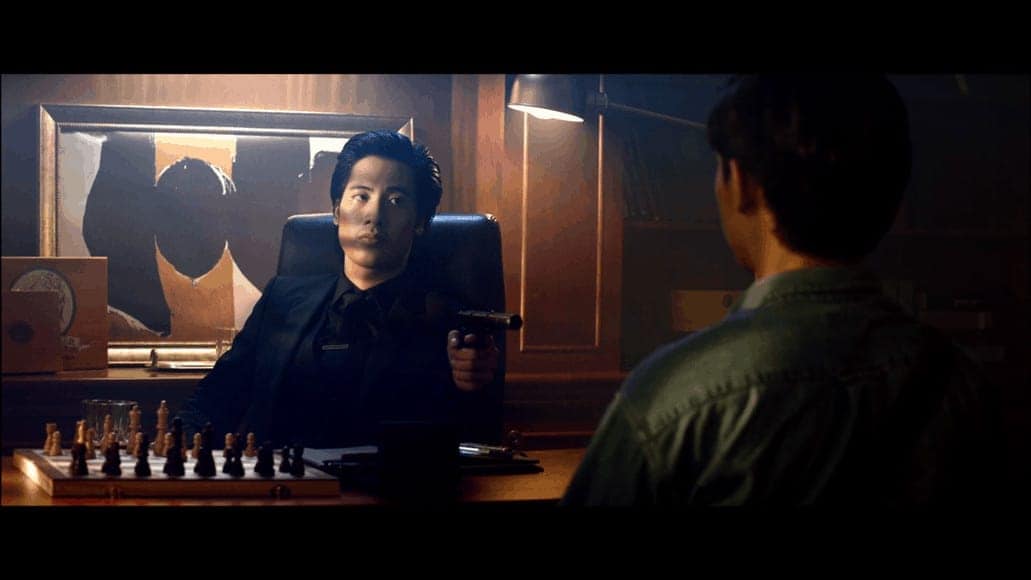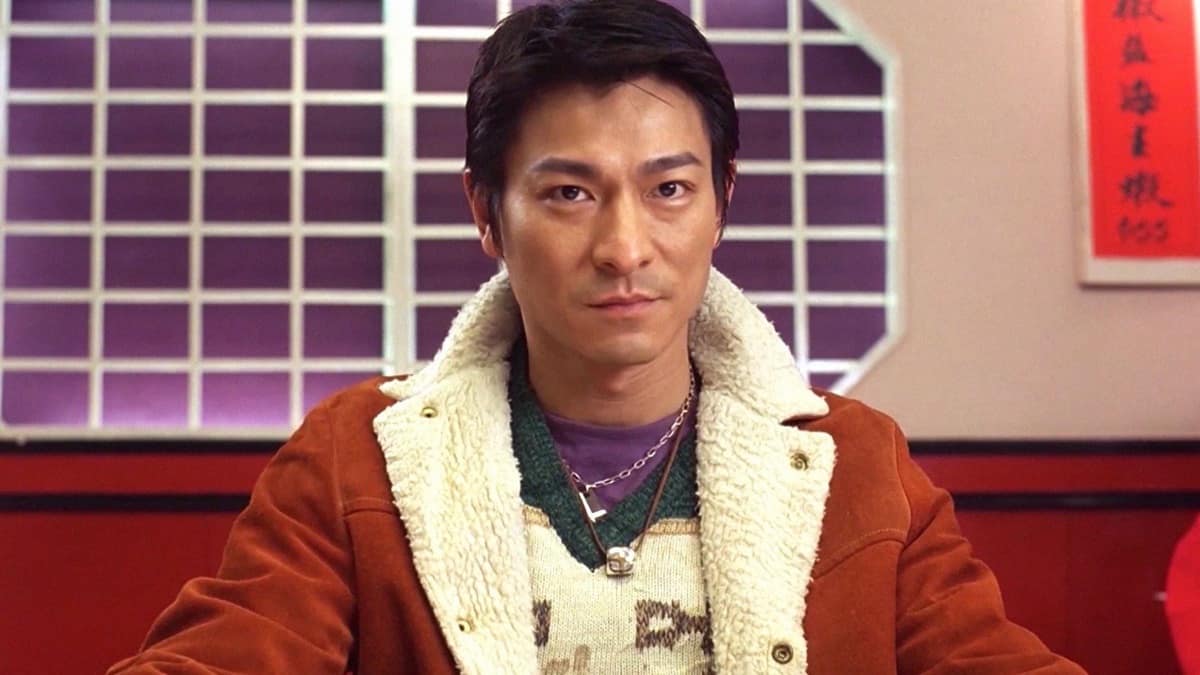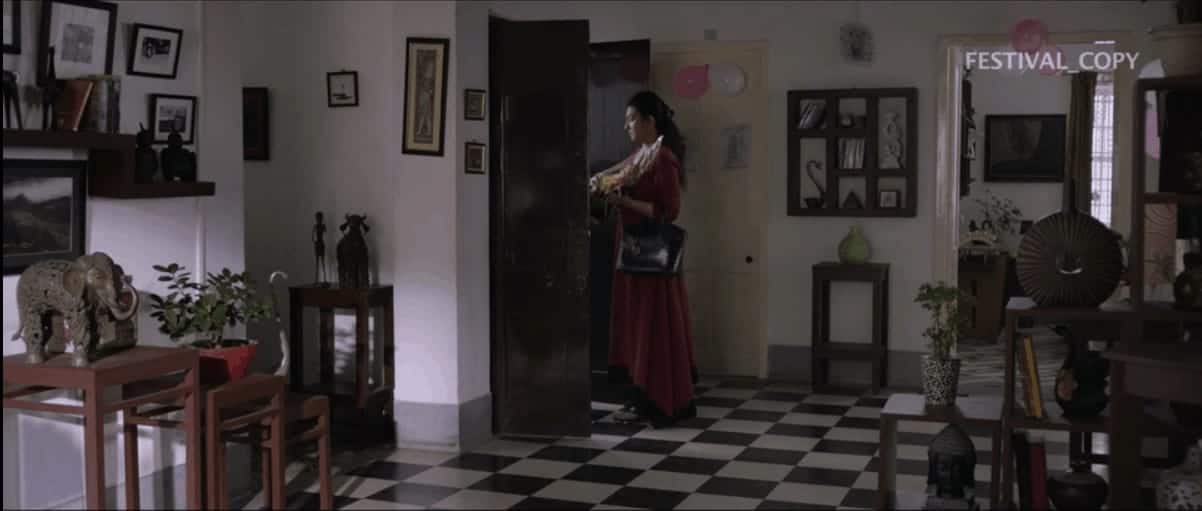Premiering at the Tokyo International Festival and moving to the 2009 Sundance Film Festival, “The Clone Returns Home” is Kanji Nakajima’s virtually unknown grounded sci-fi turned imaginative meditation on memory, life, and what can’t be captured within humankind’s attempt to control life. With Nakajima’s dreamscape and near-fantastical tale of being human, it’s no wonder that the movie easily attracts comparisons to Tarkovsky’s “Solaris.” The Japanese director brings his 2006 Sundance / NHK International Filmmaker’s Award screenplay to life in this pensive piece with a small cast and a simple premise.
After an introduction to the world of the film, in which a space agency is experiencing unexpected and unforeseen deaths among its astronauts, the astronaut Kohei Takahara (Mitsuhiro Oikawa) is given the option to prepare materials so that the agency may create an exact clone of himself should he die in the line of duty, complete with his memories. He visits his ailing mother, who recounts the protagonist’s childhood living in the countryside with his single mother and twin brother, Noboru. In a meandering 20-minute flashback, the audience is given a glimpse into the lives of the young brothers before Noboru dies while playing in the river near their house. The young Kohei blames himself for the death and becomes distraught and traumatized over not being able to find and rescue his brother.
Back in the present, Kohei experiences an accident while working in space. This leads the agency to create a clone back on Earth, much to the dismay of his wife, who was unaware of his choice to involve himself in this experimental program. However, the clone’s memories have only loaded until the memory of Noboru’s death, unable to move past this moment of Kohei’s childhood. He escapes from the lab and sets out on what he sees as a mission to “recover his brother’s body.” He finds this in the form of an empty space suit by the river, as if impossibly finding Kohei’s fallen body, but he views it as filled with a grown Noboru’s body. The clone undergoes this quest home while the space agency faces its own internal issues, beginning from controversy around the cloning process, the botched reproduction, and the escaped clone. The rest of the work takes imaginative creative turns to reveal the extent of the impact of this memory, or what the lab doctor calls the soul’s “resonance.”
Although the film starts with a bit too much exposition, the intrigue of the complex doppelgänger symbolism begins when the clone seemingly finds the body of the downed Kohei in a space suit, roughly halfway through the runtime. From there, Nakajima carefully explores what happens when a loss is too strong, too severe, and too lasting — and the lengths to which the mind, heart, and soul will go to try and remedy it. The piece remains enigmatic in its delivery, blending genuine preoccupations of the consequences of tying human life to an easily reproducible form with a contemplation of what it means to be truly alive. The director leans into the script’s more magical, hallucinatory moments to create a critique of the commodification of working bodies, demonstrating that meaning and memory trump all.
Overall, the film’s acting style is muted and subtle, which matches the gentle matte color palette that grants the work its dreamlike quality. Oikawa deftly plays Kohei and all adult variants of himself, skillfully turning into the lost childlike version of himself. Much of the weight of his acting is carried in his physicality, turning from confident astronaut into slouching, bereaved young boy. Hiromi Nagasaku makes a devastating monologue as Kohei’s bereaved wife in the face of the unflinching space agency heads, although she is unfortunately awarded limited screen time when “The Clone Returns Home” switches to focus on the eponymous character’s journey.
The soundtrack moves between a sweeping string score by Yuta Yamashita and well-placed silence in times of devastation. Unhurried and non-obstructive editing by Ken Mimeta lets the viewer linger in each image, each moment a snapshot with the audience filling in the blanks. A certain haze that lingers about the outdoor scenes furthers the mythical aspects, a welcome respite from the dry and surgical characteristics of many futuristic sci-fi flicks on similar themes.
“The Clone Returns Home” is more of a meditation than an interrogation, a highly unique take seen through the lens of a common science fiction motif: cloning. Nakajima’s third film, while never having received much attention, deserves a watch from fans of slow sci-fi and philosophically driven works alike. In a cinematic space where science fiction becomes more about possibility than introspection, “The Clone Returns Home” effectively demonstrates that there is still more to be discovered about ourselves through estrangement.

















